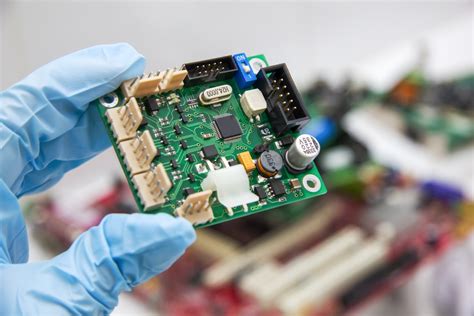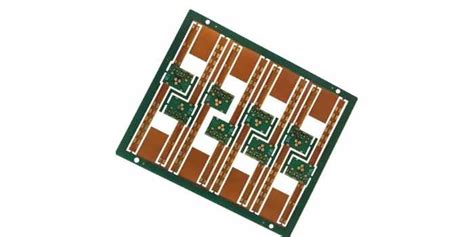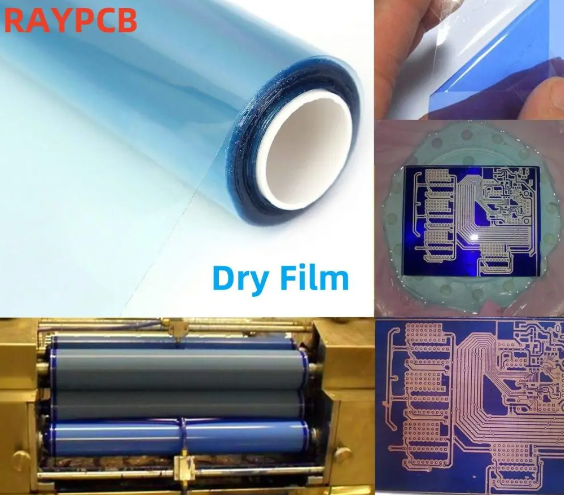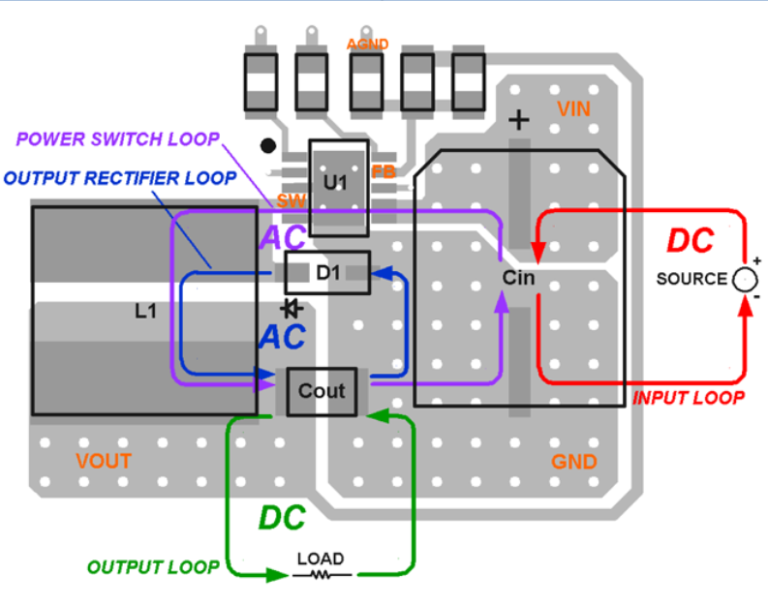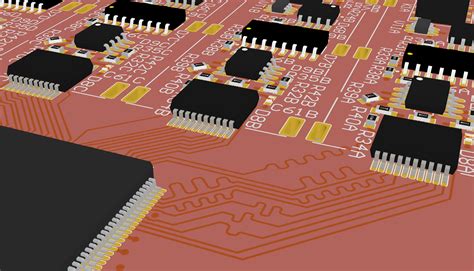Methods to Increase PCB Trace Current Capacity
Introduction
Printed Circuit Board (PCB) traces carry electrical current between components, and their current-carrying capacity (ampacity) is a critical design consideration. As electronic devices become more powerful and compact, designers often face challenges with trace current limitations. This article explores various methods to increase PCB trace current capacity while maintaining reliability and manufacturability.
Understanding PCB Trace Current Limitations
Before examining solutions, it’s essential to understand what limits trace current capacity:
- Temperature Rise: Excessive current causes resistive heating, potentially damaging the trace or surrounding materials
- Voltage Drop: Long traces with high resistance can cause unacceptable voltage drops
- Electromigration: High current density can physically move copper atoms over time
- Manufacturing Constraints: Minimum trace widths and spacing limitations
The IPC-2152 standard provides guidelines for determining safe current levels based on trace dimensions, copper weight, and allowable temperature rise.
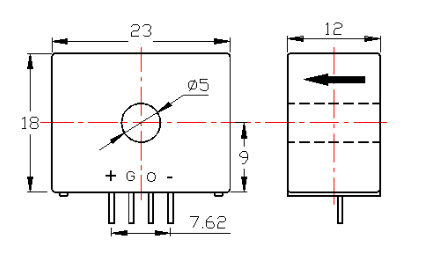
Primary Methods to Increase Current Capacity
1. Increase Trace Width
The most straightforward method is to widen the trace:
- Current capacity is approximately proportional to cross-sectional area
- Doubling the width nearly doubles the current capacity (for the same thickness)
- Practical limitations include available board space and manufacturing capabilities
Implementation Considerations:
- Use online calculators or IPC-2152 charts to determine required widths
- Account for manufacturing tolerances (typically ±1 mil for standard processes)
- Consider tapered traces when connecting to smaller pads
2. Use Thicker Copper Layers
Increasing copper weight (thickness) boosts current capacity:
- Standard options: 0.5 oz (17.5 μm), 1 oz (35 μm), 2 oz (70 μm)
- Heavy copper PCBs can use 3 oz (105 μm) to 20 oz (700 μm) copper
- Thicker copper allows narrower traces for the same current
Advantages:
- Maintains high current capacity while saving space
- Better thermal performance due to increased mass
Challenges:
- Higher cost for thick copper boards
- Requires adjusted etching processes
- May limit minimum trace spacing
3. Add External Solder or Copper
Supplementing the trace with additional conductive material:
Solder Coating:
- Apply solder over traces to increase cross-section
- Can increase current capacity by 20-50%
- Must account for solder mask clearance
Copper Wire/Shibbon Bonding:
- Bond parallel copper wires to critical traces
- Used in high-current motor drives and power electronics
Busbar Attachment:
- For extremely high currents (50A+)
- Mechanical attachment of metal busbars to PCB
4. Improve Thermal Management
Since temperature rise limits current capacity, better cooling allows higher currents:
Thermal Relief Techniques:
- Increase copper pour around high-current traces
- Add thermal vias to inner layers or heatsinks
- Use exposed copper areas for better heat dissipation
Board Material Selection:
- High thermal conductivity substrates (metal-core, ceramic)
- Thermally conductive prepreg materials
Active Cooling:
- Forced air cooling with fans
- Liquid cooling in extreme cases
5. Multi-Layer Current Sharing
Distribute current across multiple layers:
- Route parallel traces on different layers
- Connect layers with multiple vias at both ends
- Current divides based on relative resistances
Design Considerations:
- Ensure symmetrical routing to balance current
- Use adequate via stitching (multiple vias in parallel)
- Account for via resistance in calculations
6. Optimize Trace Geometry and Routing
Intelligent layout can improve current handling:
Shorten Trace Lengths:
- Minimize distance between connected components
- Current capacity is effectively higher for shorter traces
Avoid Sharp Corners:
- Use 45° angles or curved traces
- Sharp 90° corners increase current density at the inside edge
Uniform Width:
- Avoid neck-downs or constrictions
- Maintain consistent cross-section along entire path
7. Use Alternative Conductor Materials
While most PCBs use copper, other options exist:
- Silver has 5% higher conductivity than copper
- Gold plating (for corrosion resistance in high-reliability apps)
- Aluminum-backed PCBs for cost-sensitive high-current applications
Practical Notes:
- Material changes often require special manufacturing
- Cost/benefit analysis is essential
- May affect solderability and reliability

Advanced Techniques
1. Embedded Busbars
For very high current applications (100A+):
- Metal busbars laminated within the PCB structure
- Combines PCB integration with high-current capability
- Used in automotive and industrial power systems
2. Superconducting Traces
Emerging technology for extreme applications:
- Uses superconducting materials cooled to cryogenic temperatures
- Virtually no resistive losses
- Currently limited to specialized applications due to cost and complexity
3. 3D Printed Conductive Structures
Additive manufacturing approaches:
- Allows non-planar trace geometries
- Can create optimized cross-sections
- Emerging technology with limited availability
Design Verification Methods
After implementing current capacity improvements:
- Thermal Analysis: Use simulation tools to predict temperature rise
- Voltage Drop Calculations: Verify acceptable levels for power integrity
- Prototype Testing: Measure actual temperature rise under load
- Accelerated Life Testing: Assess long-term reliability
Trade-offs and Considerations
Each method has associated compromises:
- Board Space: Wider traces reduce available routing area
- Cost: Thicker copper, special materials increase expense
- Manufacturing Complexity: Some solutions require specialized processes
- Signal Integrity: High-current traces may affect nearby sensitive signals
- Reliability: Ensure solutions don’t compromise long-term performance
Practical Implementation Guidelines
- Start with IPC-2152 calculations for baseline requirements
- Evaluate board space constraints and layer stackup
- Consider thermal environment and cooling options
- Balance cost versus performance requirements
- Document design decisions for manufacturing
- Include test points for verification
Conclusion
Increasing PCB trace current capacity requires careful consideration of electrical, thermal, and mechanical factors. While trace width and copper thickness are primary variables, designers have numerous options including thermal management, multi-layer distribution, and material enhancements. The optimal approach depends on specific application requirements, cost targets, and manufacturing capabilities. By understanding and applying these methods, engineers can develop robust PCB designs capable of handling increasing current demands in modern electronic systems.
Future developments in materials science and manufacturing technologies will likely provide additional options for high-current PCB design, particularly for applications like electric vehicles, renewable energy systems, and high-power computing.


